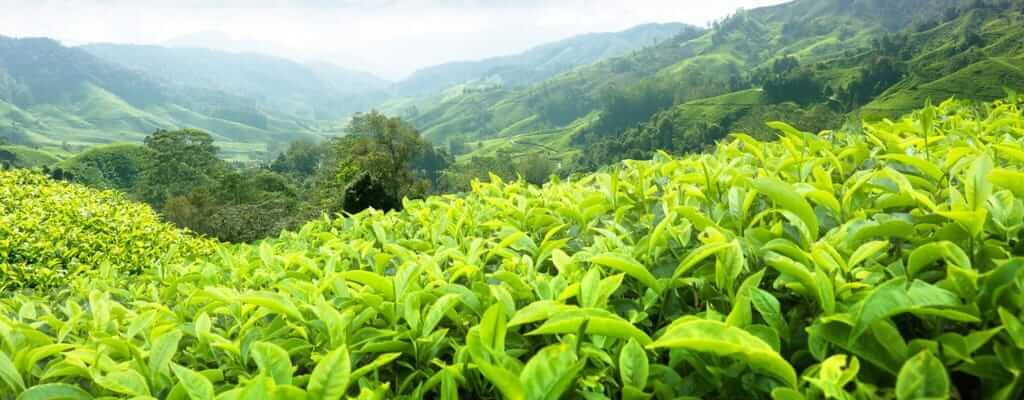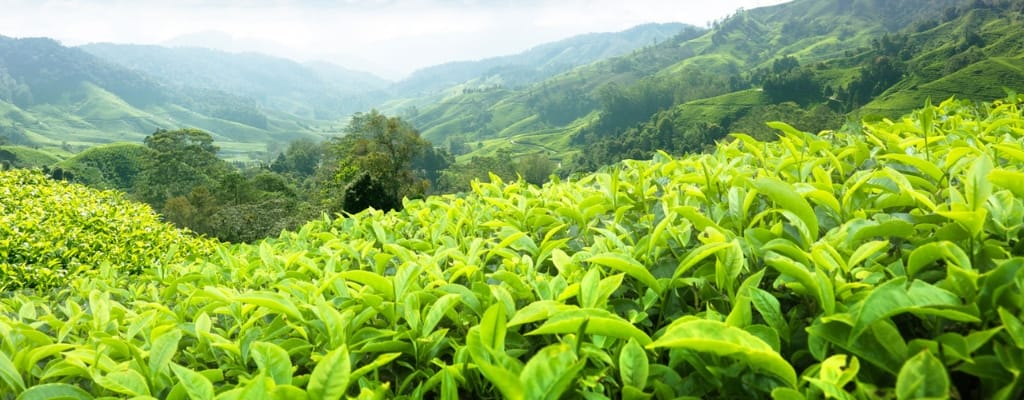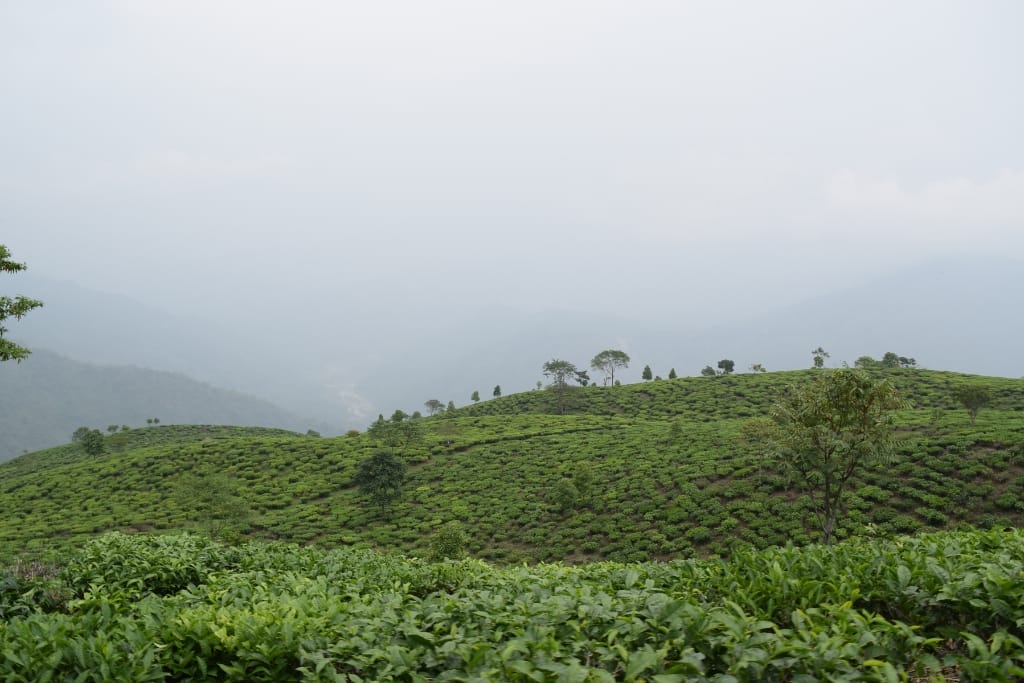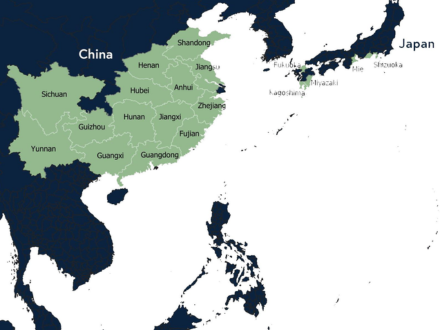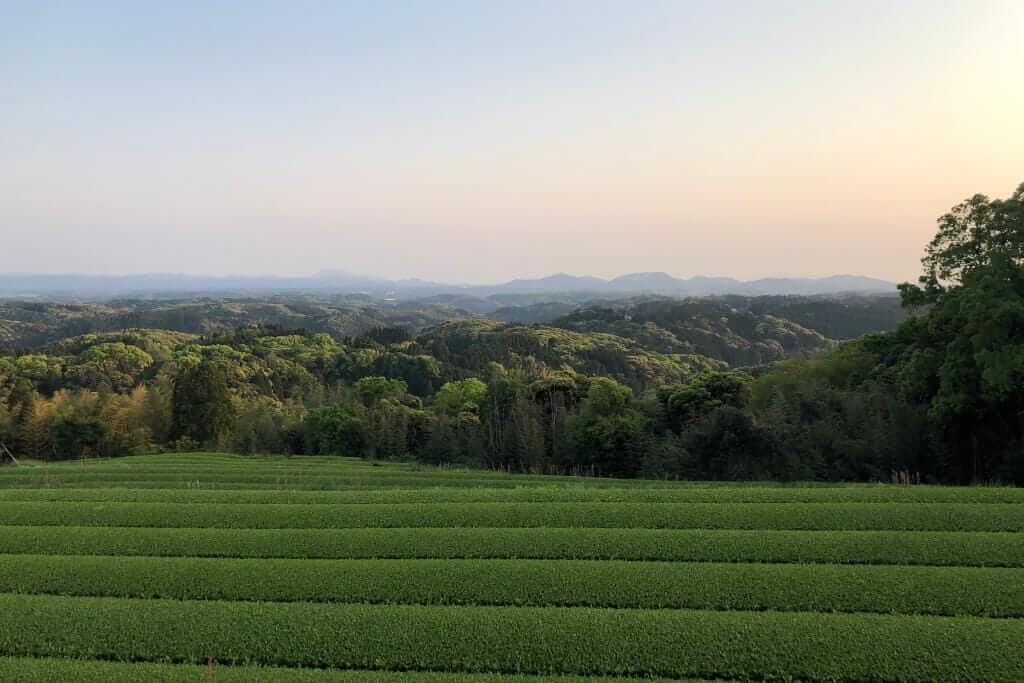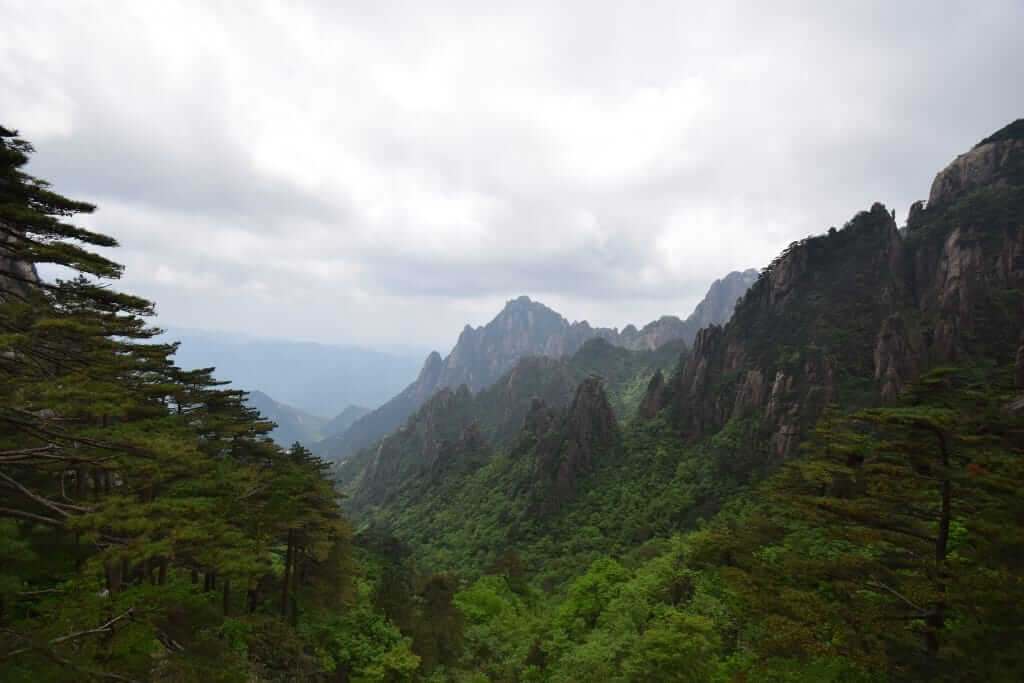India is well-known for its tea production. Between robust and flavorful Assam, complex and delicate Darjeeling, and malty and sweet Nilgiri, there are many iconic teas produced in this origin. Caitlin Schiessl provides a brief history of tea in India and dives into the country’s growing regions and offerings.
A Brief History of India & Tea
Tea production in India began as a way to reduce Britain’s dependence on Chinese tea. Robert Fortune, a botanist from Scotland, was sent by the East India Company to steal tea plants from China, along with their techniques and experience.
Most of the plants he introduced to India died off, but the skills and knowledge he brought over from China were imperative to future industry growth. This is especially true within Darjeeling, which continues to use Camellia sinensis sinensis variety for tea production. Camellia sinensis assamica, however, was indigenous to India (first discovered in 1823) and flourished in the Assam region. The variety is known for its thicker leaves, higher yield, and affinity for tropical climates.
Today, India’s tea industry is the 4th largest in the world. Moreover, the country is well-known for a staple beverage that has become popular in cafés around the world: chai. Stemming from “cha,” the Chinese word for tea, chai is a blend of black tea and spices, typically served with milk. Since tea was originally considered a luxury, average consumers would add milk, sugar, and spices to cut down the cost.
Tea-Growing Regions in India
Assam
Assam is the largest tea-producing region in the world, accounting for approximately 50% of the country’s total production. In this area, most tea production uses the CTC method (“cut, tear, curl”) which crushes and tears tea leaves into small, round pellets. This style of tea-making results in a dark and robust brew, perfect for tea bags or chai. Assam also produces large amounts of orthodox teas, which are malty and less astringent than their CTC counterparts.
West Bengal
25% of tea made in India comes from this region, including the famous Darjeeling. As previously mentioned, Darjeeling tea is produced using Camellia sinensis sinensis. This subspecies is grown at higher elevations where similar plants thrive, creating a sweeter and lightly fruity flavor profile.
Tamil Nandu, Kerala, Kerenataka
Lastly, the remaining 25% of tea produced in India comes from these southernmost regions. Nilgiri tea is produced here, which is malty and sweet with a bit of briskness. Additionally, the majority of these regions produce CTC-style tea.




